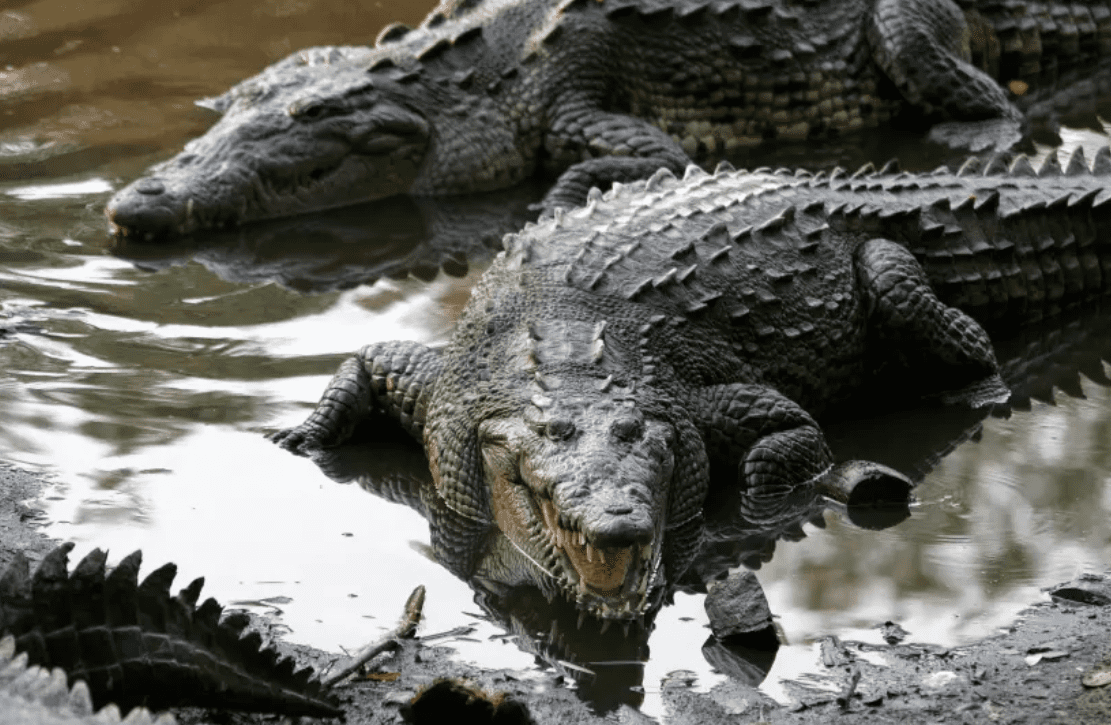Triassic reptiles sprang to dominance for various reasons, including a significant extinction 252 million years ago.
According to a recent study, the rate of climate change may contribute significantly to the acceleration of evolution. Scientists focused on the development of reptiles over 57 million years. Read out below for more intriguing facts.
Climate Change vs. Reptiles
Before, during, and following the Permian Period’s great extinction, that’s where scientists focused on coming across something essential. A staggering 86 % of Earth’s reptile species perished roughly 252 million years ago during that extinction event due to increasing volcanic activity pumping carbon dioxide into the atmosphere and waters.
Reptiles, however, largely escaped the mayhem unscathed. How’s that possible?
Many researchers believe that the fact that reptiles crawled into newly created niches at that time was the cause of their species’ explosion in variety.
Study insights
Tiago Simões, an evolutionary paleobiologist at Harvard University, and his team carefully measured and photographed fossilized reptiles that ranged in age from 294 million to 237 million years. That was necessary to study the evolution of reptiles.
The researchers looked at 1,000 samples across 50 research centers across 20 nations. For climate data, they utilized a vast database of sea surface temperatures. Everything was based on oxygen isotope data dating back 450 million years, released back in 2021.
Discoveries
The team discovered that the rate of climatic change affected how quickly reptiles developed because they could precisely monitor changes in the body, head size, and shape in many different species. And that’s not all.
The researchers also found that reptile diversity increased faster during the Triassic period, millions of years after the end-Permian extinction. That was when the climatic change was most rapid, and temperatures were scorchingly high. Quite intriguing, right?
According to Simões, ocean surface temperatures at that period spiked to 40 Celsius degrees (1040 Fahrenheit), roughly the warmth of a hot tub.
The smaller reptiles were basically being forced by natural selection to stay the same, while during that same period of time, the large reptiles were being told by natural selection, explained Simões.
The intricate evolutionary tree of reptiles and their forebears has been revised thanks to Tiago Simões and colleagues’ meticulous study.
However, the open ecological niches left over from the end-Permian mass extinction or the abrupt temperature changes that occurred before and after the extinction event are thought to have significantly influenced reptile development in the distant past.












Leave a Reply